Disclosure: This article contains affiliate links. We may earn a commission from purchases at no extra cost to you, which helps our travel content.
So here's the thing about San Cristóbal that most travel guides won't tell you: this Andean gem is basically the perfect mashup of cultural authenticity and unexpected style moments. While most visitors to Venezuela beeline for Caracas or the beaches, I've been low-key obsessed with this mountain city since my first sourcing trip here three years ago. The local textile scene completely blew my mind - those handwoven pieces have a color story and construction quality that rivals what I've seen in Milan's boutiques, but at a fraction of the price. Between the misty mountain mornings, the seriously underrated coffee culture, and locals who define hospitality, San Cristóbal offers something that feels increasingly rare in our over-curated travel world: a genuinely authentic experience that hasn't been filtered and packaged for mass tourism. Ready to explore Venezuela's best-kept secret through the eyes of someone who's been shopping the world's most interesting markets? Let's go.
Navigating San Cristóbal Like You Actually Live There
First things first—ditch the tourist map. San Cristóbal's charm lies in its walkable neighborhoods that unfold like different collections in a well-curated store. The city's grid system makes it relatively easy to navigate, but you'll want to download Maps.me before arriving since internet connectivity can be spotty.
The real local move is to base yourself in the Barrio Obrero area—it's central but not touristy, with those gorgeous colonial-style homes in saturated blues and yellows that make every street corner Instagram-ready. I stayed at a family-run posada that cost about $15/night and included breakfast with the most incredible arepas andinas (the mountain version with wheat flour instead of corn).
Public transportation here operates on what I call 'Andean time'—buses (called carritos) run frequently but without strict schedules. For about 50 cents, you can get almost anywhere in the city. Just flag them down like you would a taxi. The real pro move, though? Invest in a decent foldable daypack that you can easily carry while exploring but expand when you inevitably find treasures at local markets.
Most importantly, dress for microclimate whiplash. The city sits at about 2,900 feet elevation, meaning mornings start crisp (think light sweater weather), afternoons get warm, and evenings cool down again. My go-to outfit was lightweight chinos, a breathable button-up, and always—always—a light jacket tied around my waist.
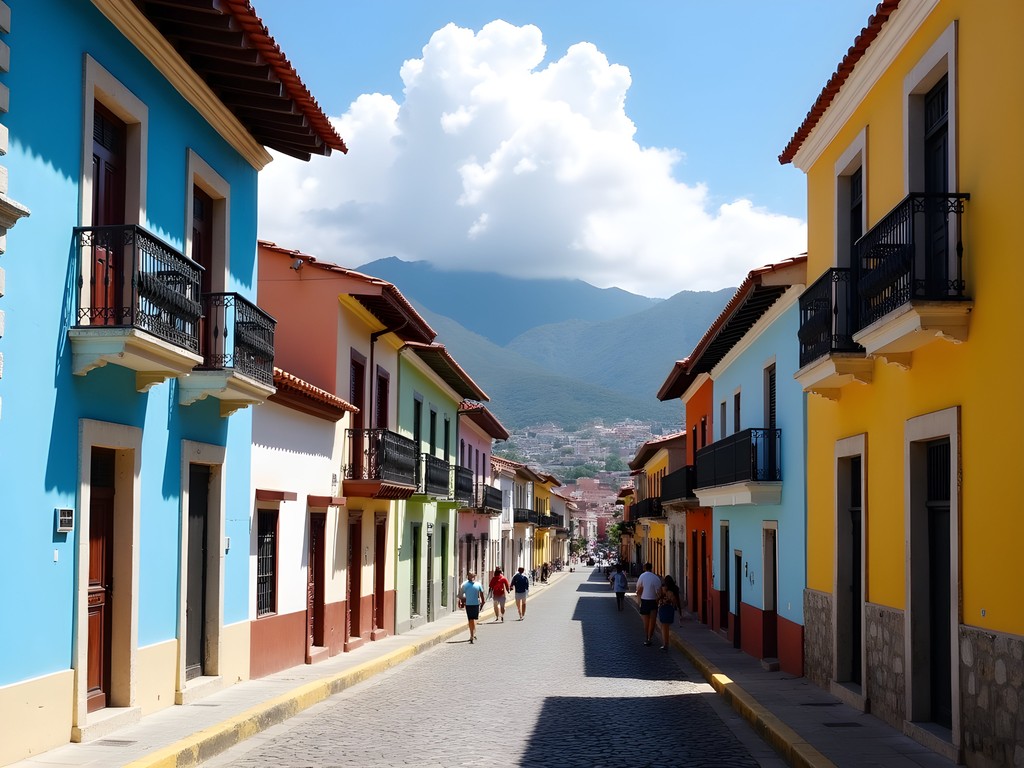
💡 Pro Tips
- Download Maps.me before arriving as internet can be unreliable
- Stay in Barrio Obrero for an authentic neighborhood experience at budget prices
- Carry small Venezuelan bills for carritos (local buses) and street food
The Market Scene: Where Fashion Meets Function
If you know me, you know markets are my happy place. San Cristóbal's La Ermita Market isn't just a tourist spot—it's where actual locals shop, and the textiles here tell the story of Venezuela's Andean region better than any museum could.
The market runs daily, but Tuesday and Saturday mornings are when it truly comes alive. Arrive by 8 AM to watch vendors set up and score the best selection of handwoven ruanas (the local version of ponchos). These pieces feature intricate geometric patterns that would easily retail for $300+ in U.S. boutique stores but go for $30-50 here depending on your negotiation skills.
The secret to shopping here like a local? Bring your own reusable shopping bag (locals will appreciate the eco-friendly gesture), and don't rush the process. Each vendor has stories behind their crafts, and showing genuine interest often leads to better prices than aggressive haggling.
Beyond textiles, the market's back section houses an incredible selection of locally grown coffee beans. The Táchira region surrounding San Cristóbal produces some of Venezuela's most complex coffee profiles—fruity with chocolate undertones. I always bring back several bags as gifts (and personal stash), and they're ridiculously affordable at about $3-5 per pound.
Don't miss the food stalls serving pisca andina—a hearty potato and egg soup that's basically the perfect breakfast after a chilly morning of shopping. For about $2, you'll get a massive bowl with fresh cilantro, local cheese, and usually a side of warm arepa.

💡 Pro Tips
- Visit La Ermita Market on Tuesday or Saturday mornings for the best selection
- Learn basic Spanish phrases for negotiating—starting with 'Cuánto cuesta?' (How much?)
- Look for textiles with tight, even weaving—they'll last longer and show higher craftsmanship
Coffee Culture: The City's Beating Heart
If there's one thing San Cristóbal locals take seriously, it's their coffee. This isn't just a beverage here—it's practically a religion, and the city's café culture reveals a side of Venezuela you won't find in travel brochures.
Start your coffee journey at Café Don Pepe on Avenida 5. This unassuming spot has been serving the same carefully sourced beans since 1958. The café con leche here comes with a side of local history—the walls are covered with black and white photos documenting the city's evolution. The owner, Roberto (third-generation in the coffee business), can tell you exactly which farm your beans came from if you ask.
For a more contemporary vibe, Azafrán Café near Parque Sucre serves specialty coffee with baristas who approach their craft with the precision of haute couture designers. Their cold brew is steeped for 18 hours and served in beautiful handmade pottery that showcases the region's ceramics tradition.
The true local experience, though, happens during la hora del café (coffee hour) between 4-6 PM. This is when San Cristóbal residents pause their day for conversation and connection. Join them at any neighborhood café and you'll likely be pulled into conversations about everything from politics to fashion to football.
I always travel with my portable coffee grinder so I can enjoy fresh-ground local beans even in my accommodations. It's compact enough not to take valuable luggage space but lets me continue appreciating those complex flavor profiles throughout my stay.

💡 Pro Tips
- Ask for 'café cerrero' to try the traditional mountain-style coffee preparation
- Coffee shops are perfect for meeting locals—San Cristóbal residents are known for their friendliness
- Buy beans directly from cafés rather than supermarkets for the freshest options
Mountain Adventures Beyond the City
While San Cristóbal itself is captivating, the surrounding Táchira state offers adventures that rival anything I've experienced in more famous mountain destinations. The best part? You'll often have these spectacular landscapes practically to yourself.
Parque Nacional El Tamá sits about an hour's drive from the city and contains some of the most diverse ecosystems I've encountered. The park straddles the Colombia-Venezuela border, creating unique biodiversity zones where Andean and Amazonian species meet. The Angostura trail offers a moderate 4-hour hike through cloud forests with orchids that would make any fashion designer swoon for their color combinations.
For something closer to the city, Parque La Loma provides panoramic views of San Cristóbal and the surrounding mountains. It's a quick 20-minute hike up from the city center, making it perfect for sunset views. Locals often bring picnics and thermoses of coffee to enjoy while watching the city lights come on below.
The most memorable experience for me was visiting the páramo ecosystem at Los Frailejones, about 90 minutes from San Cristóbal. These high-altitude wetlands feature bizarre, alien-looking plants that have adapted to extreme conditions. The landscape feels otherworldly—like walking through a naturally-designed installation that shifts with the mist and changing light.
For these adventures, proper footwear is essential. My hiking shoes were perfect for handling everything from muddy cloud forests to rocky páramo terrain. The waterproofing was crucial during surprise afternoon showers, which are common in the mountains year-round.
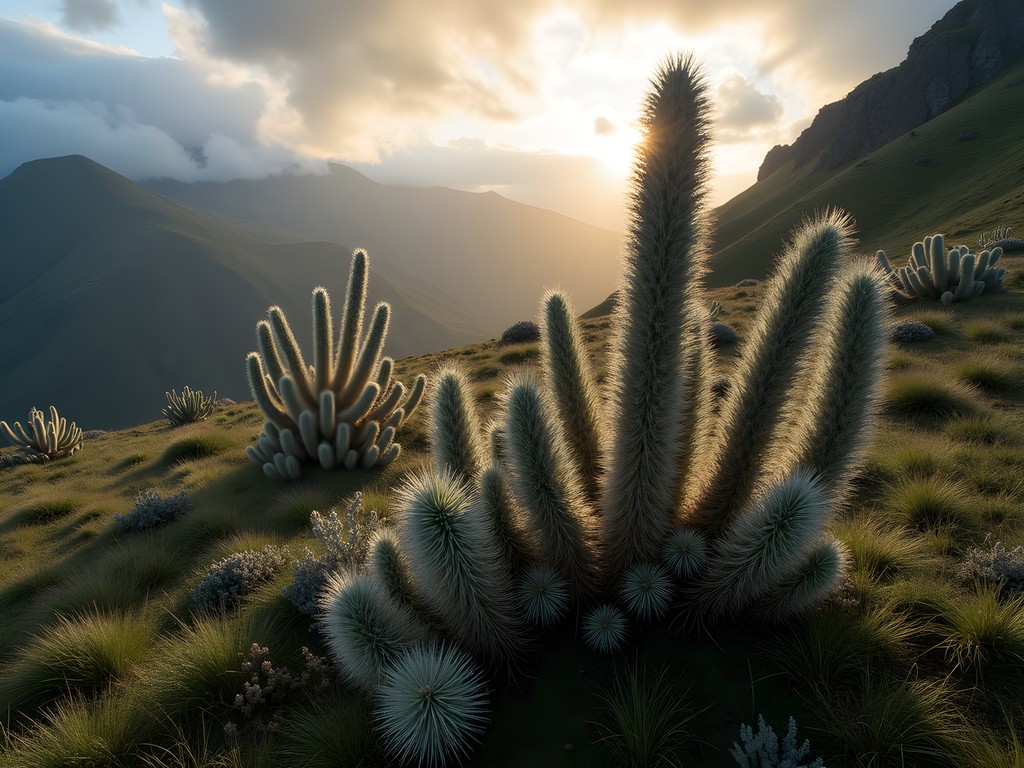
💡 Pro Tips
- Hire a local guide for Parque Nacional El Tamá—trails can be confusing and guides provide cultural context
- Start mountain hikes early (before 9 AM) to avoid afternoon rain showers
- Pack layers—mountain temperatures can drop suddenly, especially after rainfall
Eating Like a Local: Beyond Arepas
Venezuelan cuisine gets simplified to arepas in most travel guides, but San Cristóbal's food scene tells a much richer story. The Andean influence creates dishes you won't find elsewhere in the country, with ingredients and techniques that reflect the mountain environment.
Start your culinary exploration at Mercado Principal in the morning, where local farmers bring produce directly from surrounding mountains. The potatoes here come in varieties I've never seen elsewhere—purple, yellow, and speckled varieties that each have specific culinary uses. Watching abuelitas carefully select their ingredients is basically a masterclass in quality assessment.
For breakfast, seek out pisca andina (that potato and egg soup I mentioned earlier) or calentado tachirense—a hearty mountain dish of rice, beans, shredded beef, and local cheese topped with a fried egg. Restaurante El Fogón on Carrera 9 serves the best version, where the owner, Doña Carmen, still cooks everything herself.
Lunch belongs to the hallacas andinas—similar to tamales but with mountain herbs and wrapped in banana leaves. The street vendors near Plaza Los Mangos make them fresh daily. For about $2, you'll get two substantial hallacas that will keep you fueled through afternoon explorations.
Dinner is when San Cristóbal's culinary scene truly shines. Restaurante La Montaña serves incredible lomo al trapo—beef tenderloin wrapped in cloth with mountain herbs and salt, then cooked directly on hot coals. The technique creates a salt crust that seals in juices while infusing subtle flavors from local herbs.
I always document my food discoveries in my travel journal, sketching plating arrangements and noting flavor combinations that might inspire future retail displays. The textile-like patterns of local food presentation have actually influenced several of my department store layouts back home.

💡 Pro Tips
- Look for restaurants where locals line up—they know where the best food is hiding
- Try the local mountain cheese called 'queso ahumado' (smoked cheese) that's unique to the region
- Ask for 'miche andino'—a local spirit similar to moonshine that's often served complimentary after meals
Final Thoughts
As I packed my bags to leave San Cristóbal—somehow fitting in those textiles I couldn't resist—I realized what makes this place so special isn't just its undiscovered status or stunning landscapes. It's how the city seamlessly blends tradition and practicality, much like the best designs in fashion. The handwoven ruanas aren't just beautiful; they're functional responses to mountain weather. The coffee culture isn't pretentious; it's a genuine social ritual. Even the architecture serves both aesthetic and practical purposes in this mountain environment. San Cristóbal taught me that the most authentic experiences come from places that haven't yet learned to perform for tourists—they're simply being themselves. Whether you're a fellow retail enthusiast or just someone seeking connection to something real, this Andean city delivers an experience that feels refreshingly unfiltered in our increasingly curated world. ¡Hasta pronto, San Cristóbal!
✨ Key Takeaways
- San Cristóbal offers authentic Venezuelan experiences without the tourist crowds
- The textile traditions and coffee culture provide unique insights into local life
- Mountain adventures surrounding the city rival more famous destinations at a fraction of the cost
- The local cuisine goes far beyond standard Venezuelan fare with unique Andean influences
📋 Practical Information
Best Time to Visit
Year-round, though December-March offers less rainfall
Budget Estimate
$30-50/day including accommodations, food and local transportation
Recommended Duration
5-7 days
Difficulty Level
Intermediate


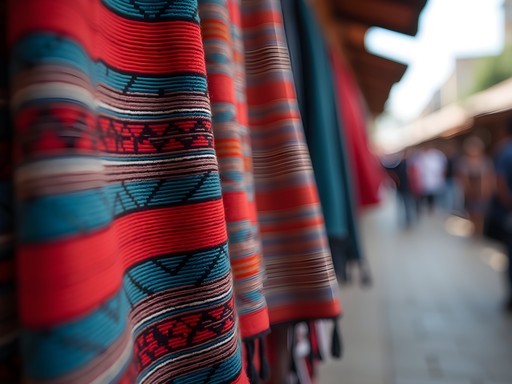
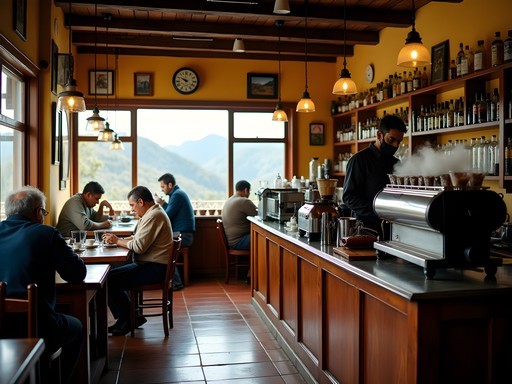
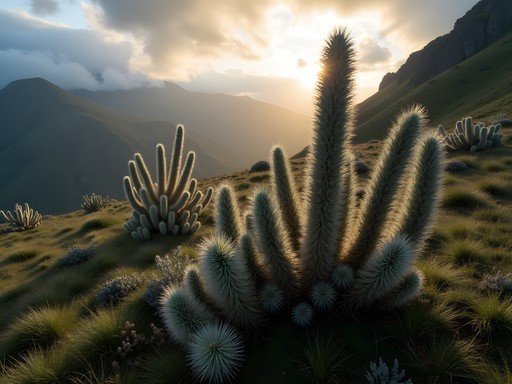




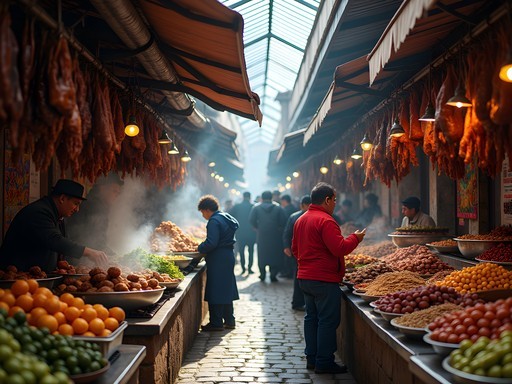

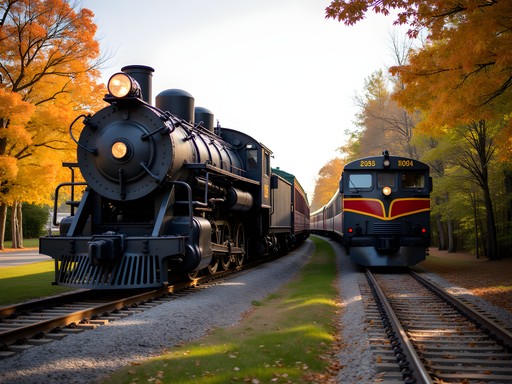

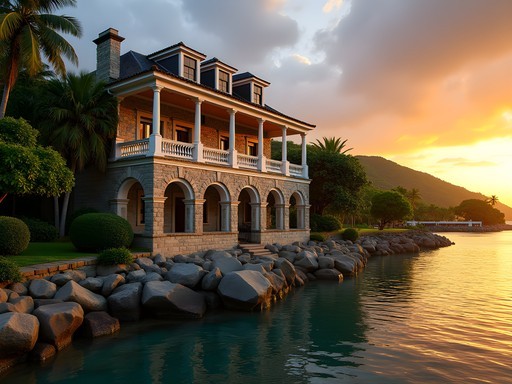

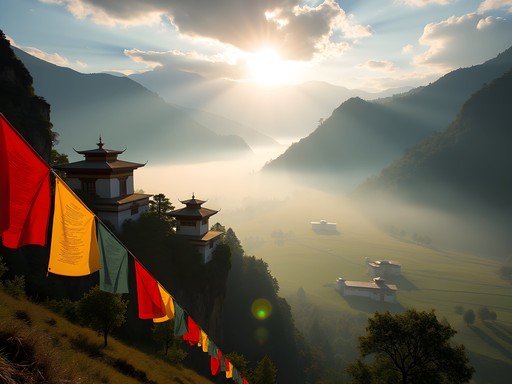
Comments
Douglas Bradley
Jose, you've captured the essence of San Cristóbal beautifully! I visited last year and completely agree about the coffee culture - it's extraordinary how central it is to daily life there. I spent mornings at Café Don Pepe near Plaza Los Mangos and the owner eventually started reserving my table! One tip for readers: the local buses (carritos) are actually a fantastic way to explore the surrounding villages. Just bring a small phrase book as English isn't widely spoken outside the city center. The Sunday market in Pueblo Nuevo was my highlight - much less touristy than the main markets.
Jose McDonald
Douglas! Great to see you here. Don Pepe's place is legendary - can't believe I forgot to mention it specifically. And yes, the carritos are the best way to get that local experience. Did you make it to any of the mountain trails I mentioned?
Douglas Bradley
I did the Páramo del Zumbador trail and it was spectacular! The fog rolling in over the mountains created this mystical atmosphere. Definitely worth the early morning start.
wanderlover
Great post! How safe did you feel navigating around San Cristóbal as a foreigner? I'm thinking of visiting but heard mixed things about Venezuela overall.
Jose McDonald
Great question! San Cristóbal feels much safer than what you might hear about Venezuela in general. The Andean region has its own vibe. Just use normal travel precautions - don't flash valuables, use registered taxis at night, and ask locals for advice. The people are incredibly helpful!
wanderlover
Thanks so much for the insight! That's really reassuring.
wanderlustvibes
Those market textiles sound amazing! Adding San Cristóbal to my bucket list ASAP.
Jose McDonald
You won't regret it! The colors and patterns are unlike anything else I've seen in South America.
backpack_adventures
Just got back from San Cristóbal last week and followed your market recommendations - spot on! The Sunday market was incredible for people watching. We tried that coffee place you mentioned near Plaza Los Mangos (I think it was Café del Llano?) and ended up going back every morning of our stay. The owner even taught us how to properly brew Venezuelan-style coffee. We also took a day trip to Páramo El Zumbador which I'd highly recommend for the mountain views. The local buses were exactly as you described - chaotic but efficient! Thanks for the authentic insights.
VenezuelaLover
As a local, I'm so happy to see San Cristóbal getting the attention it deserves! Great post.
Jose McDonald
That means a lot coming from a local! Any hidden gems I missed that you'd recommend?
VenezuelaLover
Next time check out Café Doña Elena on Calle 5 - it's tiny but has the best arepas andinas in the city. Family-run for three generations!
mountain_wanderer
Those market photos are incredible! The textiles look so vibrant.
hikingone
Great post! I'm planning a trip to Venezuela next month and San Cristóbal wasn't on my radar until now. How did you handle transportation from Caracas? Any safety tips for a solo traveler?
Jose McDonald
Thanks! I actually flew directly to San Cristóbal International Airport from Bogotá, which I found easier than coming from Caracas. For safety, the usual precautions apply - don't flash valuables, use registered taxis or Uber, and I found my travel money belt essential for keeping documents and cash secure. The locals are incredibly helpful though - don't be afraid to ask hotel staff for specific neighborhood advice.
hikingone
That's super helpful, thanks! I'll look into flights from Bogotá instead. Did you need to exchange much cash in advance or are cards widely accepted?
Jose McDonald
Bring some USD for sure. Cards work at hotels and nicer restaurants, but for markets and small cafés, cash is king. The exchange situation can be complicated, so I'd recommend asking your hotel for guidance when you arrive.
Sophia Gomez
Jose, this post brings back so many memories! I visited San Cristóbal last year and completely agree about the coffee culture - it really is the heartbeat of the city. That little café you mentioned near Plaza Los Mangos became my morning ritual. The owner would see me coming and start preparing my coffee before I even sat down! Did you get a chance to visit any of the textile workshops in the surrounding villages? I found an incredible weaver about 30 minutes outside the city who showed me the entire process from raw wool to finished product. The Andean textiles I brought home are now my most treasured souvenirs.
Jose McDonald
Thanks Sophia! Yes, those morning coffee rituals become something special, don't they? I did visit a few workshops - that one in San Rafael del Páramo was incredible. The way they preserve those traditional techniques while creating contemporary designs blew me away.
Sophia Gomez
That's the one! I spent hours there watching them work. Did you try the local strawberry wine while you were in the region?
Jose McDonald
I did! Brought two bottles home with me. Such a unique flavor profile!
AdventureFamily5
Those market photos are incredible! The colors of the textiles against the mountain backdrop... wow!
backpack_wanderer
Going there next month! How's the public transportation situation for getting to those mountain trails you mentioned?
JoseM
The local buses (called 'carritos') are perfect for this! They're these old-school vans that run to all the surrounding villages. Just ask for 'la ruta a las montañas' at your hotel and they'll point you to the right pickup spot. Super cheap too - like $1-2 for a ride.
backpack_wanderer
Thanks so much! That sounds way easier than I expected.
Venture X
Premium card with 2X miles, $300 travel credit, Priority Pass